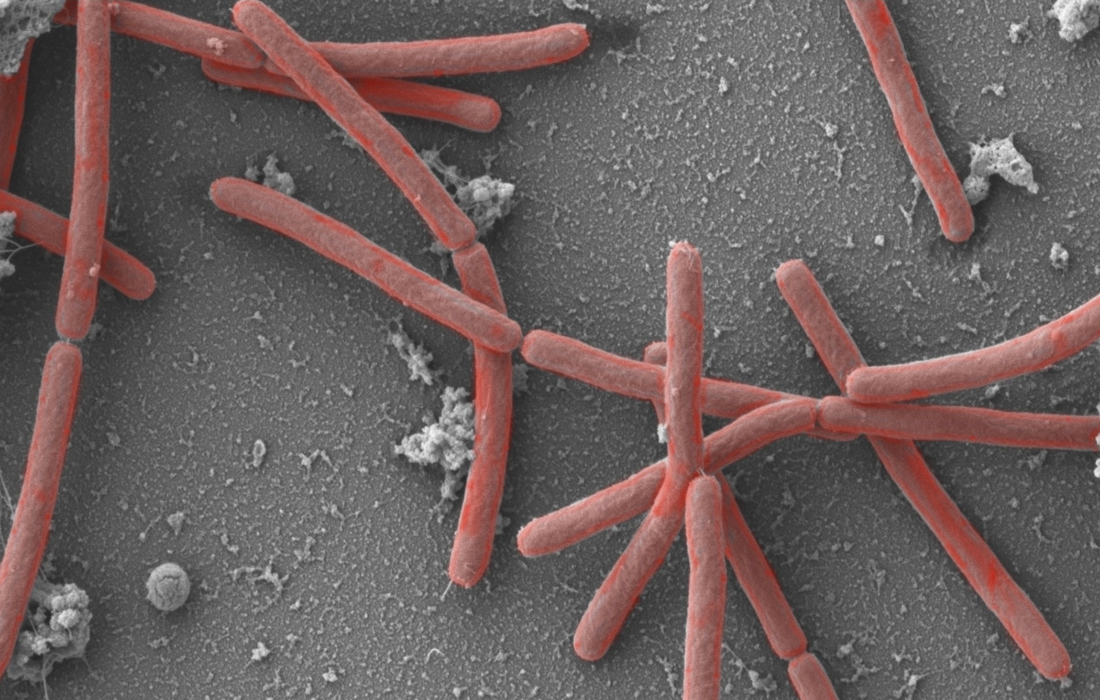Regenerative Medicine News and General Information
The Human Archaeome
The human microbiome is increasingly recognized as a key player in human health. Although most research has focused on the bacterial component, and to some extent unicellular eukaryotes (including fungi) and their viruses, the archaea have been largely overlooked, mainly due to methodological reasons.
Archaea are prokaryotes, like bacteria, but are different in cell structure, metabolism and molecular machinery. Archaea linked with the human gut microbiome are mainly methanogenic archaea, of which only a few have been isolated. Beyond the human body, they live in extreme habitats and can survive in very high and low temperatures.
Changes in the human microbiome have been associated with a range of health problems, including metabolic disorders, autoimmune diseases, neurological conditions, and cancer.
New Research Study
In a new study published in the journal Nature Microbiology, researchers analyzed a large dataset of human gut microbiome samples and profiled the archaea that were present. They presented a public catalogue composed of 1,167 archeal genomes and 28,581 protein clusters derived from the human gastrointestinal archeal community. They found 3 genera of archaea, 15 species, and 52 strains. These included members of the orders Methanobacteriales (87.15%), Methanomassiliicoccales (12.43%), Methanomicrobiales (0.26%), and Halobacteriales (0.17%).
The data included samples from people in 24 different countries, with different demographic characteristics. Their results showed that the percentage of archaea present in the microbiomes was around 1.2%.
The research team believes that their work contributes substantially to the understanding of the microbiome of the human gastrointestinal tract as a complex multi-domain bacteria, archaeal, fungal and viral network, and that this is crucial to find out more of the role of the gut microbiome in human health.
Source:
Chibani, C.M., Mahnert, A., Borrel, G. et al. A catalogue of 1,167 genomes from the human gut archaeome. Nat Microbiol 7, 48–61 (2022). https://doi.org/10.1038/s41564-021-01020-9
Image from:
https://es.wikipedia.org/wiki/Methanobacteria

